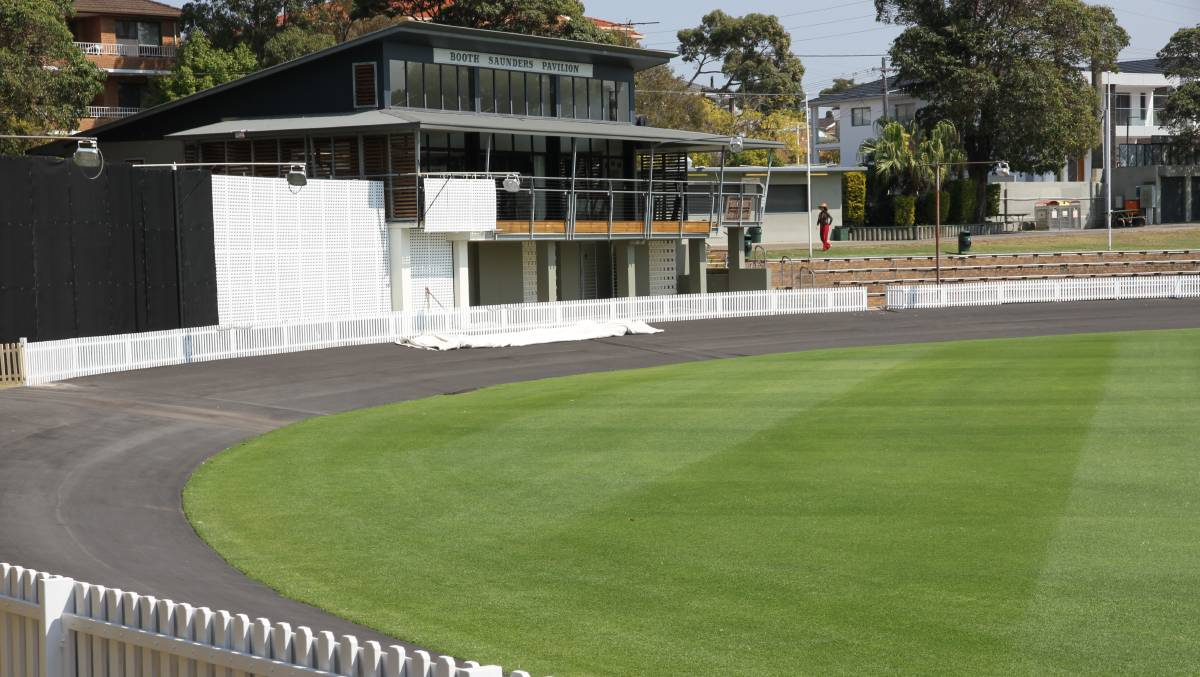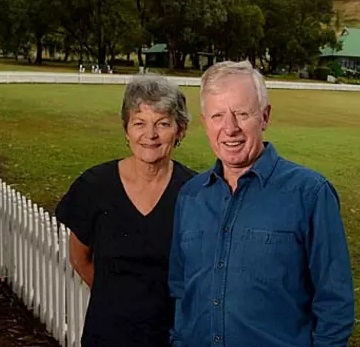A golden era in Australian club cricket
John Rogers | July 15, 2023

As most cricket experts will tell you, comparing standards and statistics of different eras is pretty pointless. Comparisons across eras are unfair because too many things change over time. Fair enough, but there is much evidence that backs the assertion that the 1950s and 60s were the heyday of first-grade cricket in Australia.
These days, premier league cricket, as first grade is called now, is played with great intensity by players who are much bigger, stronger and fitter than ever before. But today’s compétitions lack two things that characterised club cricket in the 50s and 60s.
First, talented sportspeople from other sports no longer play club cricket. In the 50s and 60s, footballers, hockey players and baseballers, for instance, played cricket in summer. Club cricket was an elite competition, full of the best athletes and ball players of those generations. Increased training commitments now mean the seasons overlap, and youngsters are forced to commit to just one sport, so that cricket now misses a lot of the cross-fertilisation and competitive edge that other sports bring.
Second, Test and state squad players have so many commitments they now rarely play at club level.
In the period Test and state cricketers played for their clubs regularly and enthusiastically. Many of them were among the world’s best. NSW was the dominant state, and often provided more than half of the members of Australian teams. And under today’s rankings system, Australia would surely have been No.1 in the world for most of that period.
A good example is that in the five seasons Batsman Brian Booth was an Australian Test regular (1961-66), he averaged six innings a season (out of a standard 14-innings season) at club level. When a state player only, he averaged nine innings for his beloved St George per season. These days, it’s common for a Test player not to play one game for his club in a season; not even to drop in to a practice session
Brian Booth loved playing at Hurstville Oval
A club cricketer of any era will tell you that playing with or against a Test cricketer is always a great thrill. The same goes for state players. Years later they can quote how that Test cricketer went, while struggling to remember their own performance. Playing against the best cricketers in the state meant that young players learned up close and firsthand from the game’s very best.
Cricket in the 50s and 60s was mostly a Saturday afternoon game, even for Test players. There was no play on Sundays. Shops and factories closed for the weekend at noon on Saturday, so that few people anywhere worked on Saturday afternoons or Sundays. Club cricket didn’t start until 1.30 to allow players who worked on Saturday morning time to get to the ground. It was therefore played with much intensity.
It was the era when the “natural” sportsman was held in the highest esteem. Any player arriving more than half an hour before the start of play would find himself first there. There were no net practices and rarely anything but a few hits out on the ground, a catch or two and a bit of stretching for the bowlers. Everyone used the club kit apart from batsmen who had their own bats, but even they often used the club’s gloves and pads.
The day’s play finished promptly at 6 o’clock. Wives, girlfriends and children were made to feel welcome and were part of the 20-minute tea break, and often stayed until the end, with the family then going home straightaway for “tea”, as dinner was then often called. There was no such thing as a bar at the council-owned and -managed grounds. After a quick shower, the single guys (and some of the married) would go to a pub or club with the opposition players.
Sundays were free for cricketers to spend with family, so Saturday afternoons were not begrudged by wives and often were encouraged. Club cricket abounded with first-grade footballers, baseballers and hockey players. Cricket was summer’s biggest sport and with fewer than half the weekends having state or Test cricket scheduled on them, club cricket featured strongly in the local papers, on radio and, when it arrived in force in the early 60s, on TV. The 1968 Sunday League final won by St George was televised in its entirety. Premier cricket now barely rates a mention on radio or in the newspapers, and never on TV.
Hard as it is to believe now, a large proportion of club income came from gate-takings. In the 50s there was little coverage of the game on TV and Test players could often be seen locally, so 50 to 500 people at a grade game back then was not unusual.
There was no such thing as training until around 1960 when former Australian fast bowler Frank Misson caused a sensation with his regime of gym work, swimming, running, stretching and a special diet. Rather, it was Thursday afternoon practice, which was a chance to get the eye in or bowl a few balls. Fitness was an individual thing and most did so by playing a second sport during winter. Running laps? No way! There were no team talks nor coaches organising skills training. In my first 5 or 6 years after School I lived and worked 100 kilometres from my clubs ground but no one from St George, nor the State Colts Selectors minded that he was only ever sighted on Saturdays.
The result was that first-grade cricket was played by many of the best athletes and best sportsmen, and many were well into their 30s and even 40s. They added depth and experience. Add to that, Test and state players, good crowds and strong media interest and club cricket was a high-quality, prominent sport.
Yes, a heyday indeed.









Great article same in bush cricket not the same now